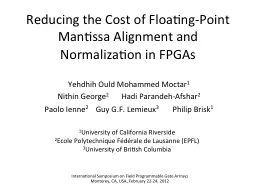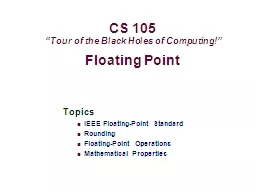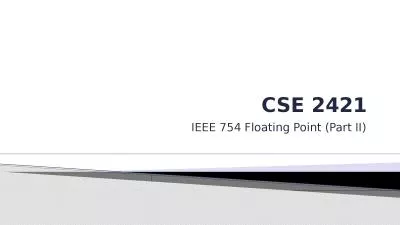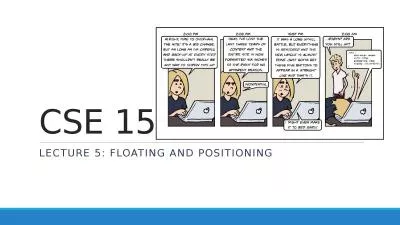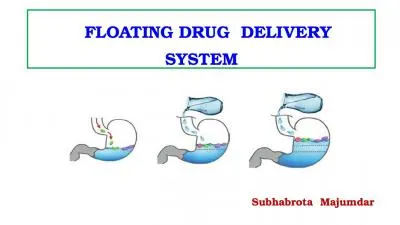PPT-Reducing the Cost of Floating-
Author : tatiana-dople | Published Date : 2016-05-27
Point Mantissa Alignment and Normalization in FPGAs Yehdhih Ould Mohammed Moctar 1 Nithin George 2 Hadi ParandehAfshar 2 Paolo Ienne 2 Guy GF Lemieux 3 Philip
Presentation Embed Code
Download Presentation
Download Presentation The PPT/PDF document "Reducing the Cost of Floating-" is the property of its rightful owner. Permission is granted to download and print the materials on this website for personal, non-commercial use only, and to display it on your personal computer provided you do not modify the materials and that you retain all copyright notices contained in the materials. By downloading content from our website, you accept the terms of this agreement.
Reducing the Cost of Floating-: Transcript
Download Rules Of Document
"Reducing the Cost of Floating-"The content belongs to its owner. You may download and print it for personal use, without modification, and keep all copyright notices. By downloading, you agree to these terms.
Related Documents

